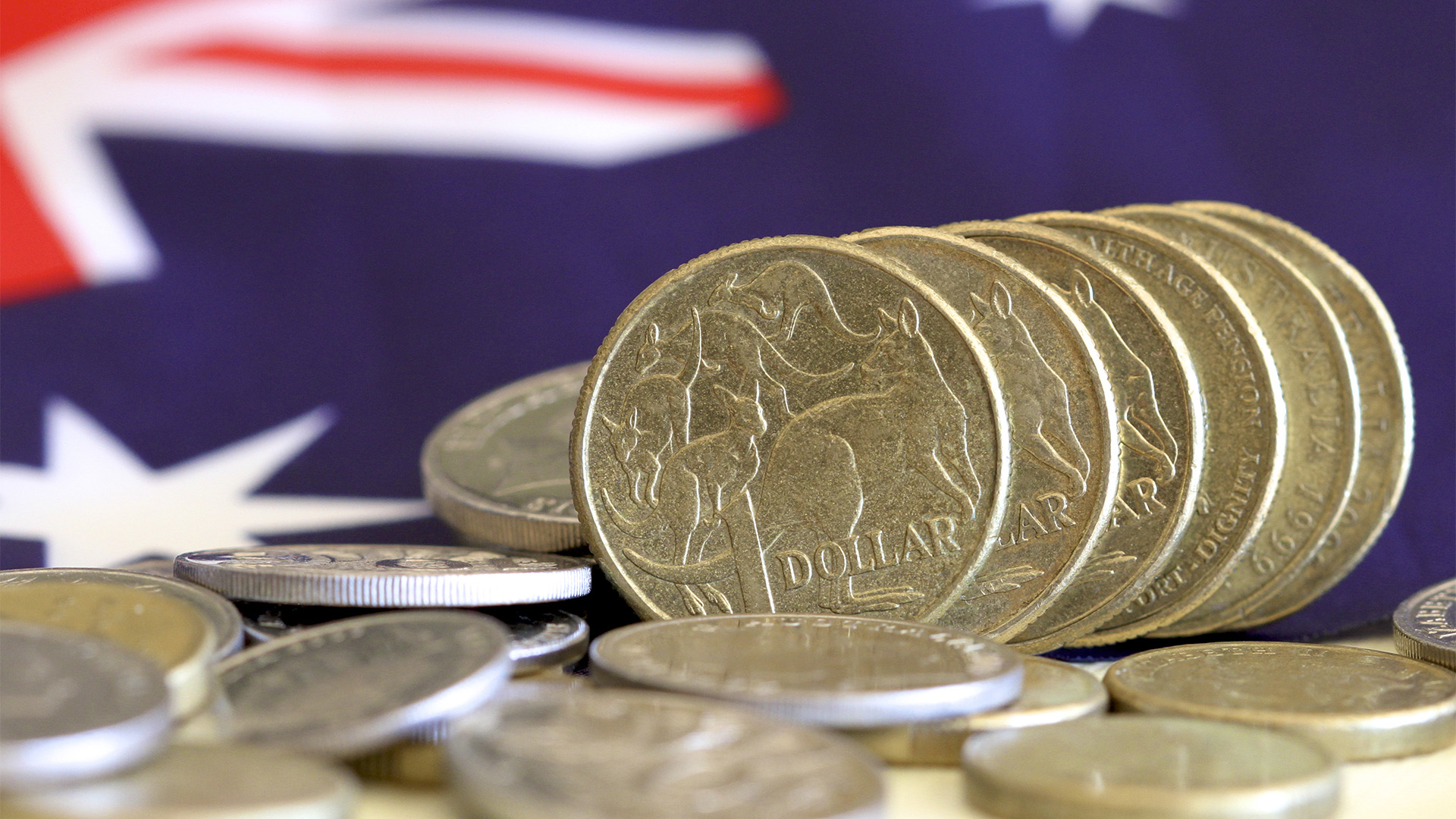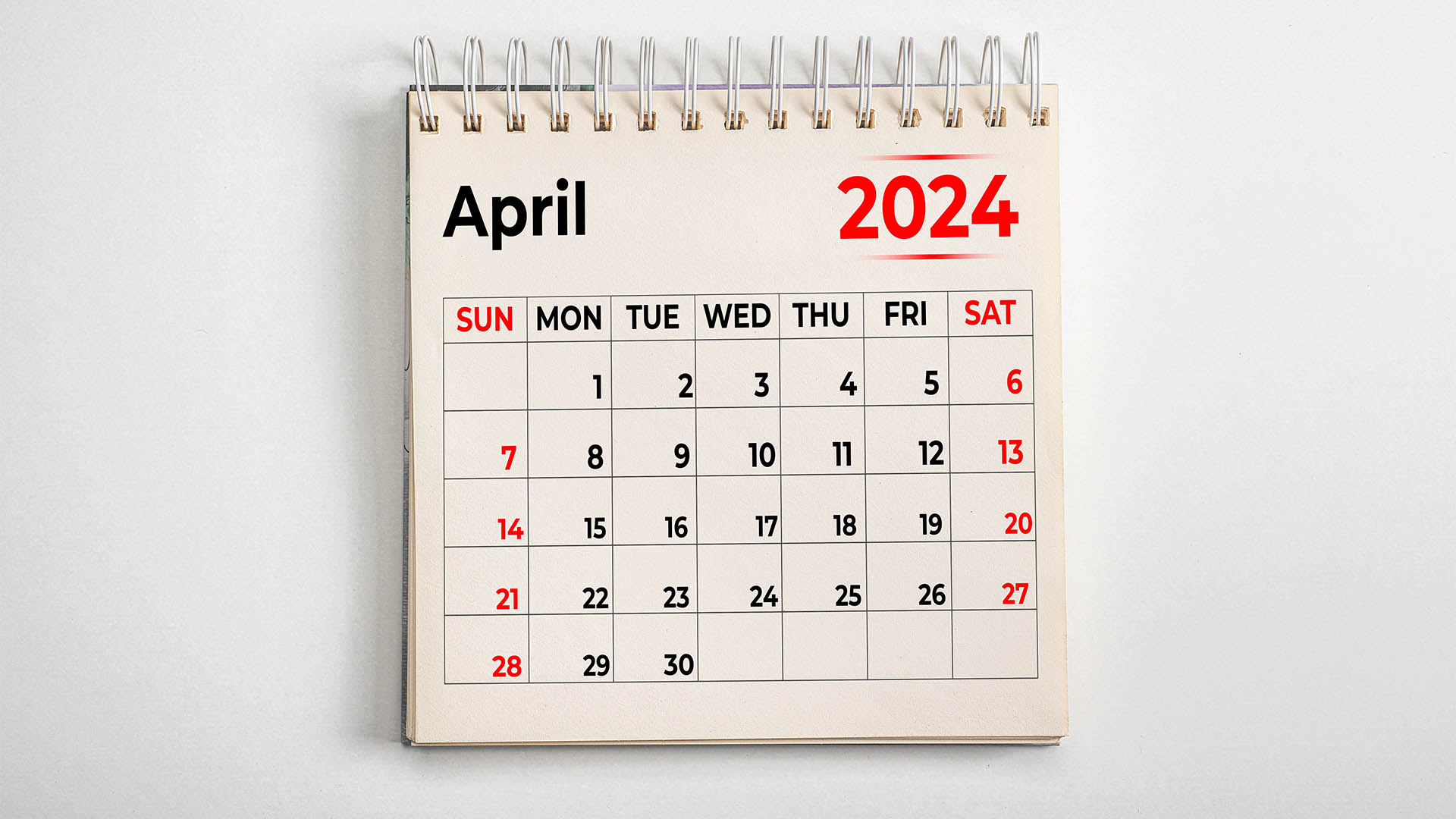Back to the economy this week in Australia, after being absorbed in February by the December reporting season here and in the US, especially the rise in AI-related stocks led by Nvidia.
There are the December quarter GDP numbers to be issued Wednesday and the usual start-of-the-month data on housing, trade, and lending.
The GDP data will show a slowing in demand and growth, and some economists think that a statistical quirk could see a slight contraction because actual growth will be so low.
With the earnings season over, now for the wrap-up, though some later balancing companies will be reporting soon, such as New Hope Corp, the mostly NSW coal miner, and Premier Investments, the Melbourne-based retailer.
Before Wednesday’s national accounts and GDP figures are released, there’s business indicators due today (on wages, salaries, profits, sales, and inventories). Tomorrow sees the December quarter and calendar 2023 current account and the December quarter government finance statistics.
Most economists think the GDP will rise between zero and 0.3% at best, with most estimates around 0.1% or 0.2% rise from the three months to September.
That would give annual growth around 1.1% to 1.4% (depending on any revisions to previous quarter’s data), which would be down from the 2.1% rate in the year to September.
AMP chief economist Shane Oliver thinks the data “is likely to show ongoing softness and a continuation of the per capita recession with growth of just 0.1% qoq or 1.3% yoy with weak growth in consumer spending and a fall in home building, modest growth in business investment and public spending, and a slight contribution from net exports.
"While a 0.1% rise in GDP is our base case, the normal forecasting error around this suggests that there is a high risk of GDP contracting for the first time since the September quarter 2021,” he wrote at the weekend.
The National Australia Bank sees growth of 0.2% from the September quarter, putting annual growth at 1.4%. The NAB says that outside of the pandemic, "this would be the lowest annual growth rate since 2000.”
The bank says that this outcome would also be "slightly weaker than the RBA had expected in February but will have little immediate policy implications with the focus squarely on the pace of inflation moderation."
"We see ongoing softness in growth in H1 2024, driven by still soft household consumption growth, but we expect growth to pick up in H2 2024 as the pressures on real disposable incomes wane (and support from Stage 3 tax cuts and likely further cost of living relief in the budget) and dwelling construction turns a corner,” the ban forecast late last week.
In other data this week there’s building approvals for January to be released and forecast to show a 3.5% after a 9.5% fall in December, housing finance in January is expected to rise 1% after a fall in December and the January trade surplus is likely to remain around $11 billion.
Meanwhile, the weak growth data will sit oddly with the continuing strength in the Federal budget for 2023-24.
Last week’s release of budget data to January (and the first 7 months of the financial year) adds to confidence the Federal budget will show a surplus this year.
The AMP’s Shane Oliver says the data is showing the budget running around $700m better than projected by MYEFO in December "but with Treasury continuing to assume conservative commodity prices its likely that the MYEFO projection for a $1.1bn deficit for this financial year will turn into another surplus.”
"Against this, we are now getting closer to the next election and the May Budget is likely to include increased spending, cost of living supports and maybe flag more tax cuts,” he wrote at the weekend.














